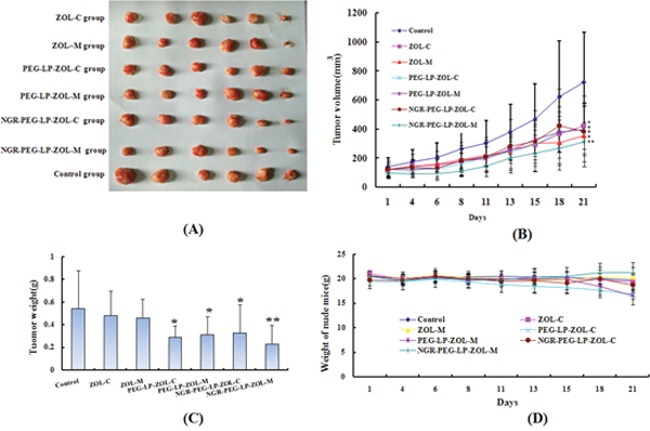Figure 2. Effect on anti-tumor activity in vivo.

Six weeks-old female BALB/c mice bearing 300 mm3 MDA-MB-231 tumors were randomly divided into the following groups (6 mice/group): (1) Control group (physiological saline, i.v.), (2) ZOL-C (0.1 mg/kg, i.v., q7d), (3) ZOL–M (ZOL equivalent dose of 0.025 mg/kg, i.v., q2d), (4) PEG-LP-ZOL-C (ZOL equivalent dose of 0.1 mg/kg, i.v., q7d), (5) PEG-LP-ZOL-M (ZOL equivalent dose of 0.025 mg/kg, i.v., q2d), (6) NGR-PEG-LP-ZOL-C (ZOL equivalent dose of 0.1 mg/kg, i.v., q7d), (7) NGR-PEG-LP-ZOL-M (ZOL equivalent dose of 0.025 mg/kg, i.v., q2d). The total dose of ZOL in all therapy groups was 0.4 mg/kg. All drugs were administered after dissolving in water for injection. (A) Photographs of representative tumors from each treatment group after mice was sacrificed. (B) Tumor growth was monitored three times a week by caliper measurement. Results were presented as mean ± standard deviation (SD), (n =6). (**p < 0.01 vs control group; *p < 0.05 vs control group). (C) Examination of tumor weight at the time of sacrifice and 21 days post-inoculation. Results were presented as mean ± standard deviation (SD), (n =6). (**p < 0.01 vs control group; *p < 0.05 vs control group). (D) Graph of nude mice weight change in the experimental period.
